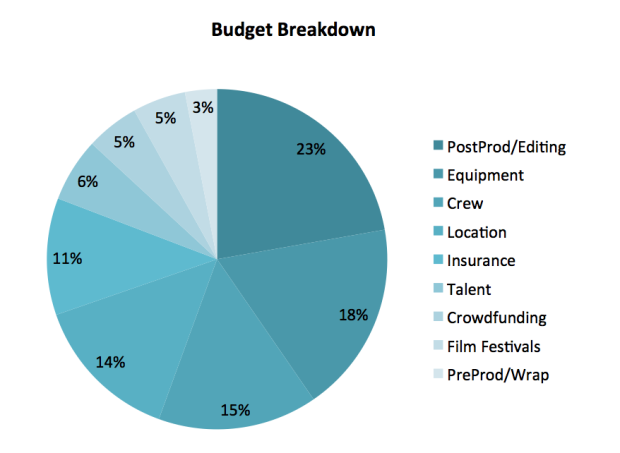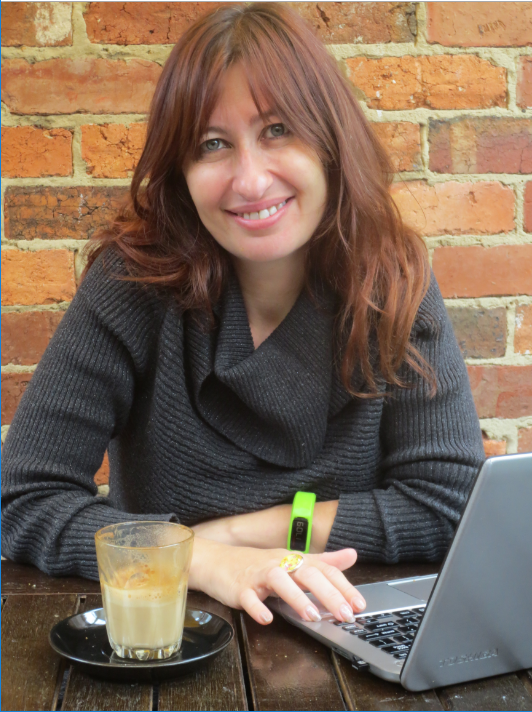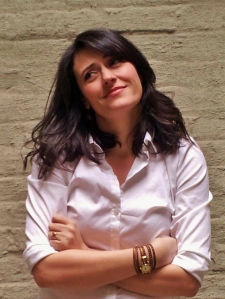As I mentioned in the past posts, I’m making a movie with my friend Caroline! So far I’ve talked about how important it is to be committed and have the right attitude. The next step was all about the work.
Once Caroline and I decided on the story, an idea she had about what we do for the people we love, we sat down with index cards. Each card represented a concept that we wanted to address in our film. We brainstormed each of these concepts, filling the index cards with notes. For homework, we decided to each write a version of the story and send it to each other.
From there, we came up with a script we liked. We then asked some of our actor friends to do a reading for us to hear how it sounded. It was amazing to hear our words read with so much emotion. The actors, who are trained to understand character, were so helpful in pointing out inconsistencies and weak spots. A huge thanks to Laura Hankin, Katrina Medoff and Ashley Harrell for their time and expertise. Sorry about the blurry pictures below:
After that reading, we decided that we wanted to try a different approach to the story because a lot of it took place in a car and we thought that would be too difficult to film/boring to watch. We tried out thirteen different versions without a car. We decided on a version we liked, and then the next day we decided we didn’t like it. At that point, it was starting to get overwhelming. It was looking like we’d never agree on a final script
Over a fantastic dinner of pizza and wine, Caroline and I realized that every version we wrote was really good and that we both had high standards for the project. The truth was, we could go out and film any of the scripts we wrote and make a beautiful film. This realization was a huge relief. It meant that we weren’t stuck, we were still climbing.
We both agreed that this was the only stage where we could play around with the movie as much as we wanted to. Fortunately, Caroline and I are both great with letting go of our writing for the sake of trying something new. This approach can be scary, deleting pages that you love, but it leads to fresh ideas.
After that dinner, we tried out six very different ideas. We settled on one that incorporated a lot of the different ideas we had while remaining simple. Then we sent that version back and forth, fine-tuning it.
Finally, we sent it out to people we trust to get their feedback. The response was incredible. While we got some minor notes to make things clearer, overall everyone loved it!
Now that we are busy finding the cast and crew, we still tweak the script every few days. All in all, for a ten-minute film, we probably wrote close to 200 pages of script. What we have no is excellent and I’m excited to turn it into a film!
If you are working on your first movie, remember that the writing is the cheapest stage. This is the time to experiment and make the leanest, strongest, most compelling story. During filming, if something isn’t working right with the story, you waste hours with the actors and crew. That’s thousands of dollars in equipment and hourly wages. Spending an hour or even a day to fix something while it’s on your computer will save thousands of dollars.
Next up, more on the challenges of making a film, how to come up with the money, and location scouting!

![CRTS Productions - HESO7[1] As the founder of Writers Work, Tracy Sayre hosts and organizes conferences, retreats, and workshops for writers. On her popular blog, The Heso Project, she interviews people that go after their dreams as well as documenting her own journey toward happiness. She has collaborated on several screenplays but this is her first time producing. From training teachers in Mozambique to painting murals in Nicaragua, Tracy loves adventure and considers this film project to be the most exciting one of all.](https://thehesoproject.files.wordpress.com/2016/04/crts-productions-heso71.jpg?w=167&resize=167%2C205&h=205#038;h=205)

















 Practice saying this out loud: “why the hell not!” I promise this attitude will take you far in life.
Practice saying this out loud: “why the hell not!” I promise this attitude will take you far in life.